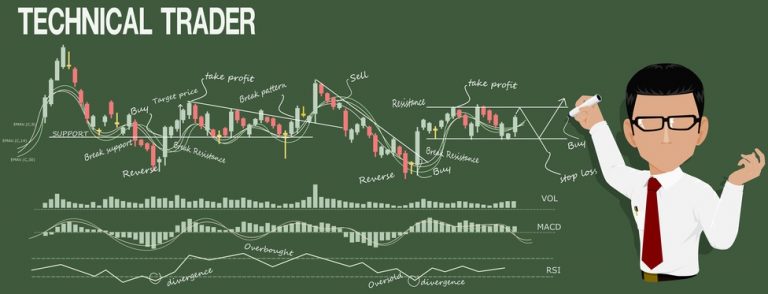
Aside from the two main order types, which present traders with a mechanism for automatically closing out on their open positions at certain times, brokers tend also to offer a number of ancillary, more advanced orders which can be used to help add greater flexibility to the trading portfolio. Three such orders are the so-called ‘if done’ order, the ‘market’ order and the OCO (One Cancels the Other) order, all three of which give traders the ability to create formula for the execution of certain trading commands and instructions.
How Does an ‘If Done’ Order Work?
An If Done order is effectively an instruction to perform a certain trading activity once a certain criteria is met, such as an asset reaching a certain price point. For example, if you have a buy order set at a certain lower limit and the market falls to reach that limit you’ve specified, If Done orders can be used to set up the stops infrastructure around your new position – all automated, with no fuss, and no need to be chained to your trading desk.
This has the obvious advantage of allowing the trader to concentrate on other things, such as analysing other markets and keeping abreast of current economic and financial developments. By using If Done orders to carry out all the relevant trading instructions, the process becomes much more streamlined for the trader, and even permits the trader to set up a range of different trading outcomes, depending on how the markets move, to leverage those movements.
How Does a ‘Market Order’ Work?
Distinct from an If Done Order, a Market Order is a trading instruction to enter a position, either long or short, at the next available opportunity. Usually, this is implemented over the course of a trading day, but it can also oftentimes be applied during non-trading hours to capitalise on the market’s opening flurry. Market Orders specify that the broker should execute as soon as possible on the most favourable terms available at that point, and automate the process of getting in a market early.
How Does an ‘OCO’ Order Work?
OCOs, or ‘one cancels the other’ orders provide a similar function to If Done orders, only that they are two separate orders that are more intrinsically linked. These most regularly take the form of a limit/loss pairing, set either side of a price point to either close at a loss or lock in at a profit, with the first to be triggered cancelling the other as the name would imply. This effectively puts the trader in a position where execution is almost entirely hands free, and both profits and losses from individual positions will be dealt with appropriately through the formula programmed in ahead of time.
The vast majority of new traders have very little idea as to how they can use more advanced stops and orders to their trading advantage. That means it’s worth dedicating the time to researching and learning more about how these can work for your trading portfolio, in order to gain a valuable edge over the competition. Added to that, the flexibility, efficiency and formulaic approach facilitated by more complex orders makes them a more than worthwhile component of a successful trading strategy.






